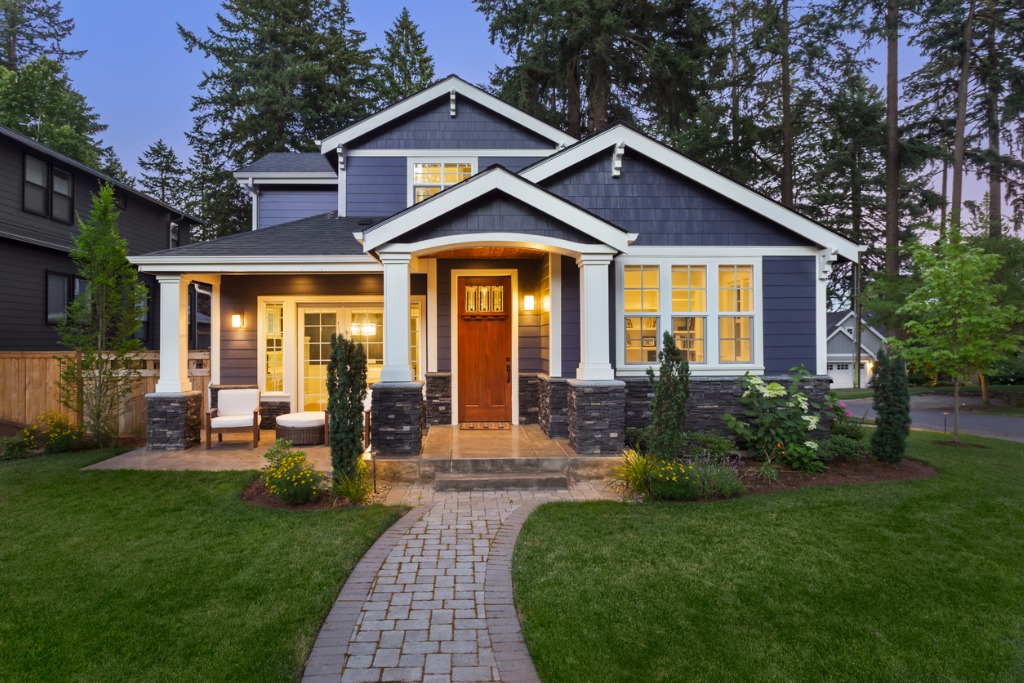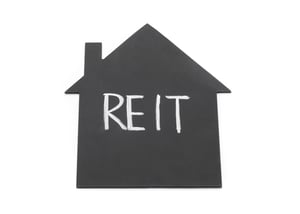While homeownership has been on the rise since 2016, and early data suggests it could be surging during COVID-19, the national homeownership rate remains below peak levels and out of reach for many Americans. Prior to the pandemic, approximately 36% of households in the U.S. were renter-occupied and 64% were owner-occupied, but in certain areas renters significantly outnumber homeowners.
Prospective home buyers face many challenges, including a lack of inventory and rising prices, which is keeping homeownership rates low in certain areas. Many older homeowners don’t want to move, which limits available options for first-time buyers. According to data from the U.S. Census Bureau, about 60% of current homeowners bought their home in 2009 or earlier and haven’t moved since. By contrast, about half of current renters moved into their current residence in 2017 or later.
Furthermore, a long period of low housing inventory has driven up prices and made it more difficult for the average worker to afford a home. Data from Zillow shows that the current median home price nationwide is $256,663, pricing many Americans out of the housing market. In fact, the national median household income for a homeowner is $81,988, nearly twice the median household income of a renter ($42,479).
As a result of geographic differences across these factors, homeownership rates vary significantly by location. At the state level, homeownership rates range from a low of 53.5% in New York to 73.4% in West Virginia. In general, coastal states with expensive and densely populated urban areas, such as New York and California, tend to have some of the lowest homeownership rates in the country. By contrast, many states in the Midwest such as Minnesota and Wyoming are known for their affordable housing, and tend to have higher homeownership rates.
RELATED
Considering an investment into a rental property? Read our detailed guide on how to get started in real estate.
To find which cities have the lowest homeownership rates (and the most renters), our researchers analyzed housing data from the U.S. Census Bureau 2019 American Community Survey 1-Year Estimates. To improve relevance, cities were categorized by population size: small (100,000–149,999), midsize (150,000–349,999), and large (350,000 or more). All housing data presented below comes from 2019, when the homeownership rate nationwide was 64.1%.
Here are the cities with the lowest homeownership rates.
Large cities with the lowest homeownership rates

15. Austin, TX
- Homeownership rate: 44.4%
- Owner-occupied housing units: 182,068
- Renter-occupied housing units: 227,835
- Median household income (owners): $114,776
- Median household income (renters): $56,037
- Median home price: $422,252
TRENDING
Owning a rental property can provide you with a consistent source of income. Learn how to find cash flow properties to be sure your investment is profitable.

14. Chicago, IL
- Homeownership rate: 44.2%
- Owner-occupied housing units: 476,993
- Renter-occupied housing units: 603,352
- Median household income (owners): $93,304
- Median household income (renters): $42,327
- Median home price: $256,191

13. Seattle, WA
- Homeownership rate: 43.9%
- Owner-occupied housing units: 150,887
- Renter-occupied housing units: 193,101
- Median household income (owners): $150,364
- Median household income (renters): $73,959
- Median home price: $780,126
Photo Credit: Alamy Stock Photo
12. Washington, DC
- Homeownership rate: 41.5%
- Owner-occupied housing units: 120,988
- Renter-occupied housing units: 170,582
- Median household income (owners): $147,678
- Median household income (renters): $63,744
- Median home price: $636,247
Photo Credit: Alamy Stock Photo
11. Oakland, CA
- Homeownership rate: 41.3%
- Owner-occupied housing units: 69,556
- Renter-occupied housing units: 98,857
- Median household income (owners): $125,104
- Median household income (renters): $60,283
- Median home price: $805,743

10. Dallas, TX
- Homeownership rate: 40.6%
- Owner-occupied housing units: 210,929
- Renter-occupied housing units: 308,069
- Median household income (owners): $77,286
- Median household income (renters): $46,240
- Median home price: $232,721
.jpg?width=1024&name=houston-texas-usa-skyline-picture-id1004243142%20(2).jpg)
9. Houston, TX
- Homeownership rate: 40.3%
- Owner-occupied housing units: 353,562
- Renter-occupied housing units: 522,942
- Median household income (owners): $81,164
- Median household income (renters): $41,231
- Median home price: $196,400

8. Milwaukee, WI
- Homeownership rate: 40.0%
- Owner-occupied housing units: 92,982
- Renter-occupied housing units: 139,194
- Median household income (owners): $66,465
- Median household income (renters): $32,320
- Median home price: $141,450

7. Cleveland, OH
- Homeownership rate: 40.0%
- Owner-occupied housing units: 68,707
- Renter-occupied housing units: 102,925
- Median household income (owners): $47,562
- Median household income (renters): $25,642
- Median home price: $74,946
Photo Credit: Alamy Stock Photo
6. Long Beach, CA
- Homeownership rate: 39.2%
- Owner-occupied housing units: 64,944
- Renter-occupied housing units: 100,745
- Median household income (owners): $107,717
- Median household income (renters): $51,632
- Median home price: $635,289
Photo Credit: Alamy Stock Photo
5. San Francisco, CA
- Homeownership rate: 37.1%
- Owner-occupied housing units: 135,852
- Renter-occupied housing units: 229,999
- Median household income (owners): $151,654
- Median household income (renters): $105,320
- Median home price: $1,416,879
Photo Credit: Alamy Stock Photo
4. Los Angeles, CA
- Homeownership rate: 36.5%
- Owner-occupied housing units: 511,115
- Renter-occupied housing units: 887,785
- Median household income (owners): $109,914
- Median household income (renters): $51,027
- Median home price: $764,528
Photo Credit: Alamy Stock Photo
3. Boston, MA
- Homeownership rate: 34.7%
- Owner-occupied housing units: 94,202
- Renter-occupied housing units: 177,351
- Median household income (owners): $132,762
- Median household income (renters): $56,291
- Median home price: $653,078
Photo Credit: Alamy Stock Photo
2. New York, NY
- Homeownership rate: 31.9%
- Owner-occupied housing units: 1,022,819
- Renter-occupied housing units: 2,188,214
- Median household income (owners): $106,902
- Median household income (renters): $54,759
- Median home price: $654,683
RELATED
Are you looking to purchase a property that’s in rent-ready condition? Read about the pros and cons of turnkey properties.
Photo Credit: Alamy Stock Photo
1. Miami, FL
- Homeownership rate: 29.6%
- Owner-occupied housing units: 55,878
- Renter-occupied housing units: 133,206
- Median household income (owners): $65,856
- Median household income (renters): $36,731
- Median home price: $378,798
Methodology & detailed findings
Location is not the only factor that correlates with lower homeownership rates. Census Bureau data reveals that low-income and minority households are also less likely to own a home. For example, in 2019, the homeownership rate for households with an income below $25,000 was only 40.1%, but increased to 85.7% for households making $150,000 or more. In addition, the homeownership rate for white, non-Hispanic households was 72.1%, compared to 60.6% for Asian households, 48.1% for Hispanic households, and 42% for Black households. The breakdown suggests that rising home prices further exacerbate inequality, and that affordable housing will remain a critical issue throughout the pandemic and beyond.
The demographic and income data used in this analysis is from the U.S. Census Bureau 2019 American Community Survey 1-Year Estimates. Median home prices are from the Zillow Home Value Index. For each city, the homeownership rate was calculated by dividing the number of owner-occupied housing units by the total number of occupied housing units. Cities were ordered by the resulting statistic. In the event of a tie, the city with fewer total homeowners was listed as having a lower homeownership rate. Only cities with at least 100,000 residents (and available data from Zillow) were included in the analysis. Additionally, cities were grouped into cohorts based on population size: small (100,000–149,999), midsize (150,000–349,999), and large (350,000 or more).









